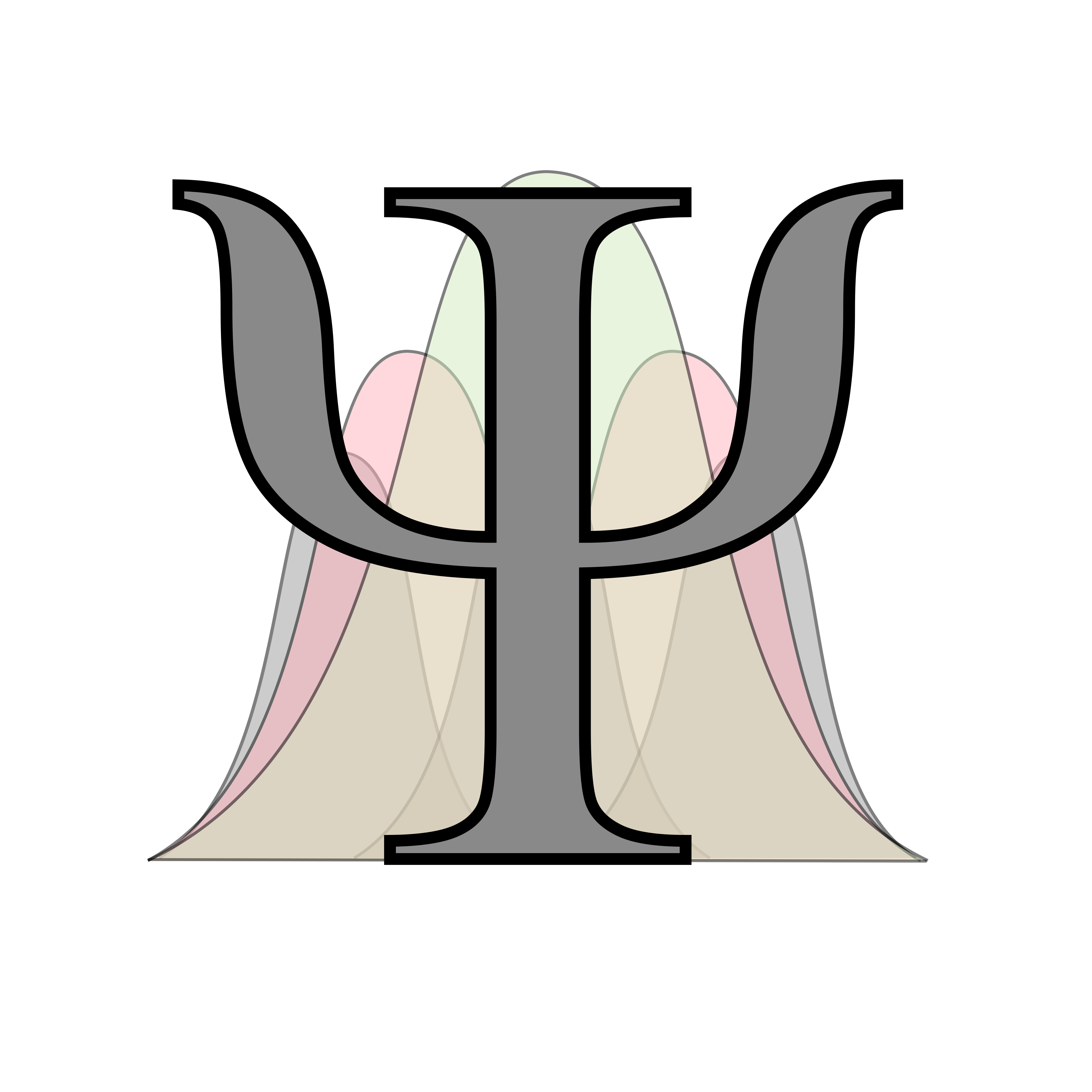current carrying wire of finite length
Well I suppose a cheesy way of putting this is that there is no such thing as a “current carrying wire of finite length”, by itself.
To expand, just because one can calculate the contribution to the magnetic field at some spatial point from such an object, doesn’t mean it is the sole source of the field in a theoretically consistent manner. If you complete the “loop” with two semi-infinite horizontal wires, and another vertical wire at infinity (assuming it has an emf there to power the circuit), then the field will change due to the two horizontal wires. This construction however breaks rotational symmetry around the original wire (so you’ll not be able to compute the loop integral simply as B times circumference), and in order to restore that, instead of just two horizontal wires, you’ll have to have infinite such pairs in all radial directions (like a squeezed coaxial cable). Anyway, I guess the point is after “completing the circuit”, the “paradox” will no longer be there.








“Trapping electrons in a crystal” is such a nonsensical way of conveying the idea of a flat band. Most isolated crystals trap all the electrons they have inside of them, or else the world will be full of free roaming electrons!